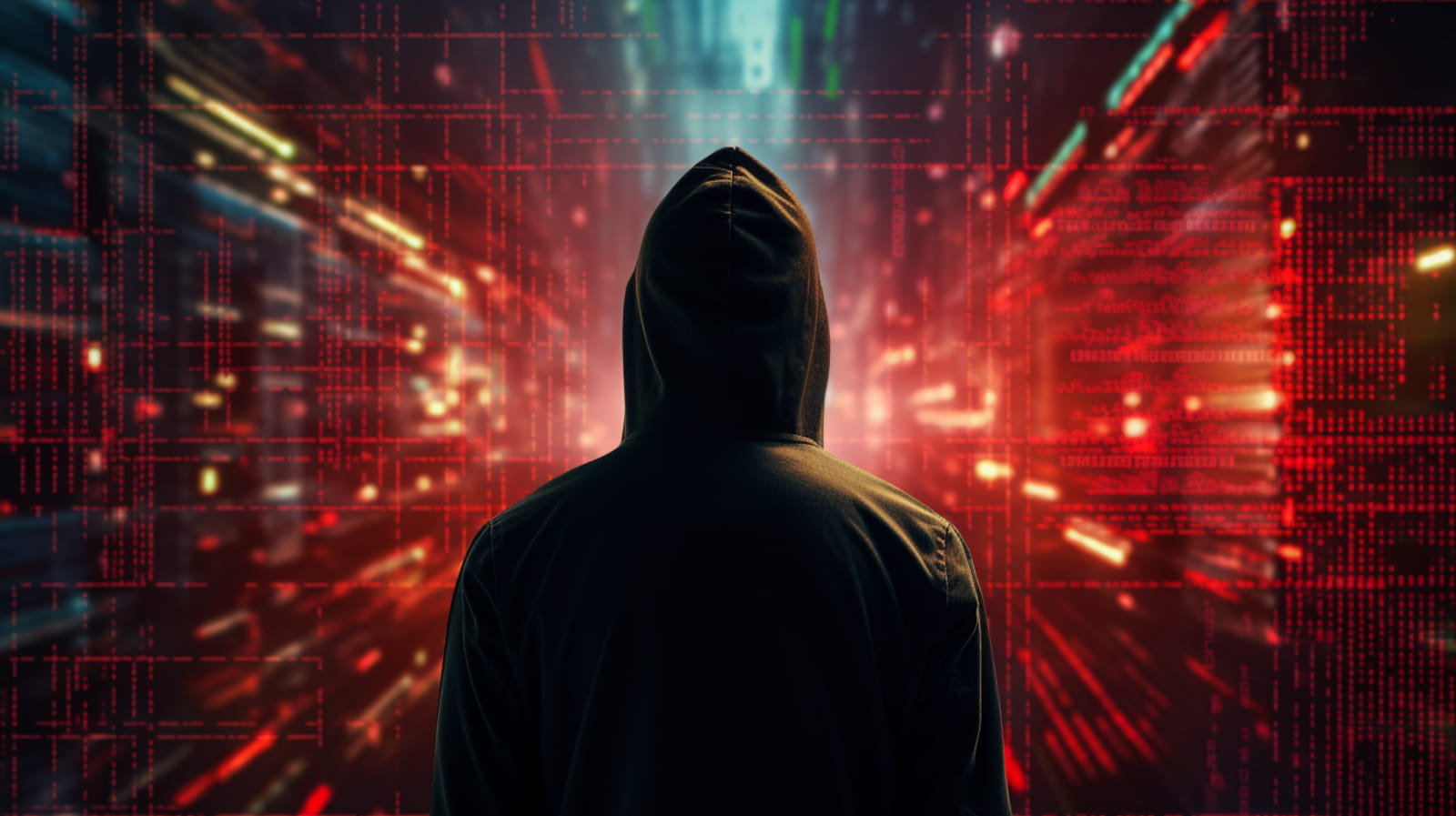
January 5, 2024 at 12:38PM
Security researchers have identified critical vulnerabilities, CVE-2023-33246 and CVE-2023-37582, in Apache RocketMQ. Despite an initial patch, these vulnerabilities remain active, impacting the NameServer component in RocketMQ version 5.1 and older. Attackers can exploit these flaws to execute commands and should upgrade to version 5.1.2/4.9.7 or higher to prevent attacks. ShadowServer Foundation has detected widespread scanning and exploitation attempts for these vulnerabilities.
From the meeting notes provided, the key takeaways are as follows:
– Security researchers have identified two critical vulnerabilities, CVE-2023-33246 and CVE-2023-37582, affecting Apache RocketMQ services.
– These vulnerabilities are associated with a remote command execution flaw and remain active despite a previous patch released by Apache in May 2023.
– The NameServer component in RocketMQ remains vulnerable to remote command execution due to an incomplete fix provided by Apache in version 5.1.1.
– Attackers are attempting to exploit these vulnerabilities by leveraging the update configuration function on the NameServer component, potentially leading to the execution of unauthorized commands.
– The recommendation is to upgrade the NameServer to version 5.1.2/4.9.7 or above for RocketMQ 5.x/4.x to mitigate the risk of exploitation.
– The ShadowServer Foundation has detected numerous hosts scanning for exposed RocketMQ systems and potential exploitation attempts for the identified vulnerabilities.
– There are reports of active exploitation of these vulnerabilities by threat actors, including the utilization of the DreamBus botnet to drop XMRig Monero miners on vulnerable servers.
– The U.S. Cybersecurity and Infrastructure Security Agency (CISA) has issued a warning urging federal agencies to patch the flaws by the end of September 2023 due to their active exploitation status.
These takeaways provide a clear summary of the security issues identified in the meeting notes and their associated risks, guidance on mitigation, and the activities of threat actors and relevant security agencies.